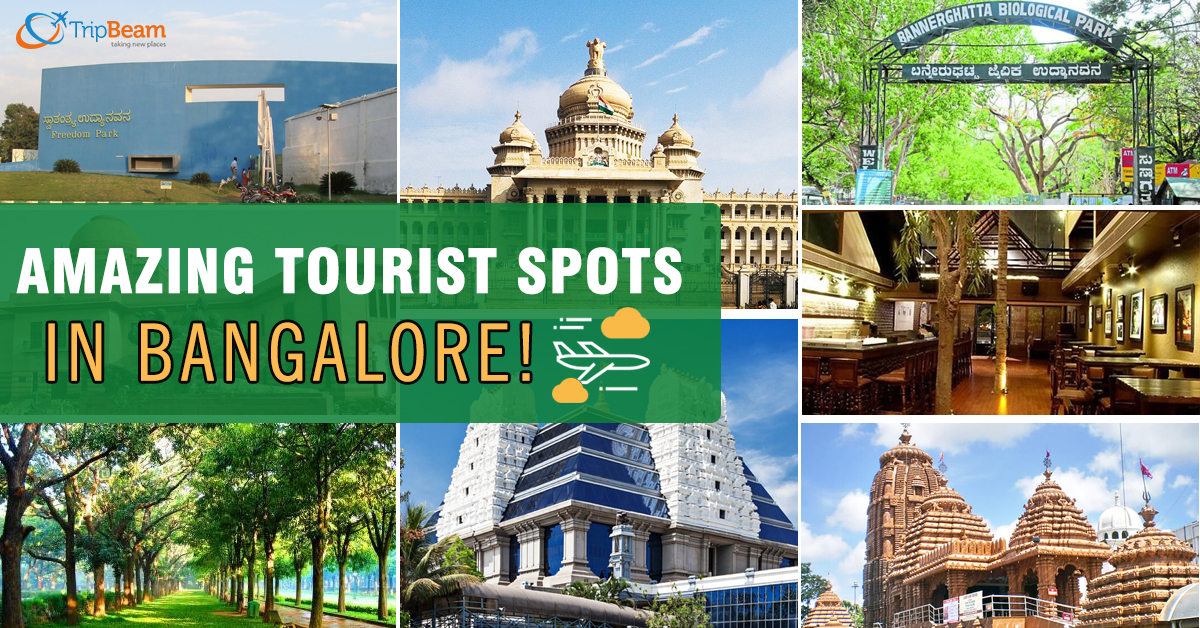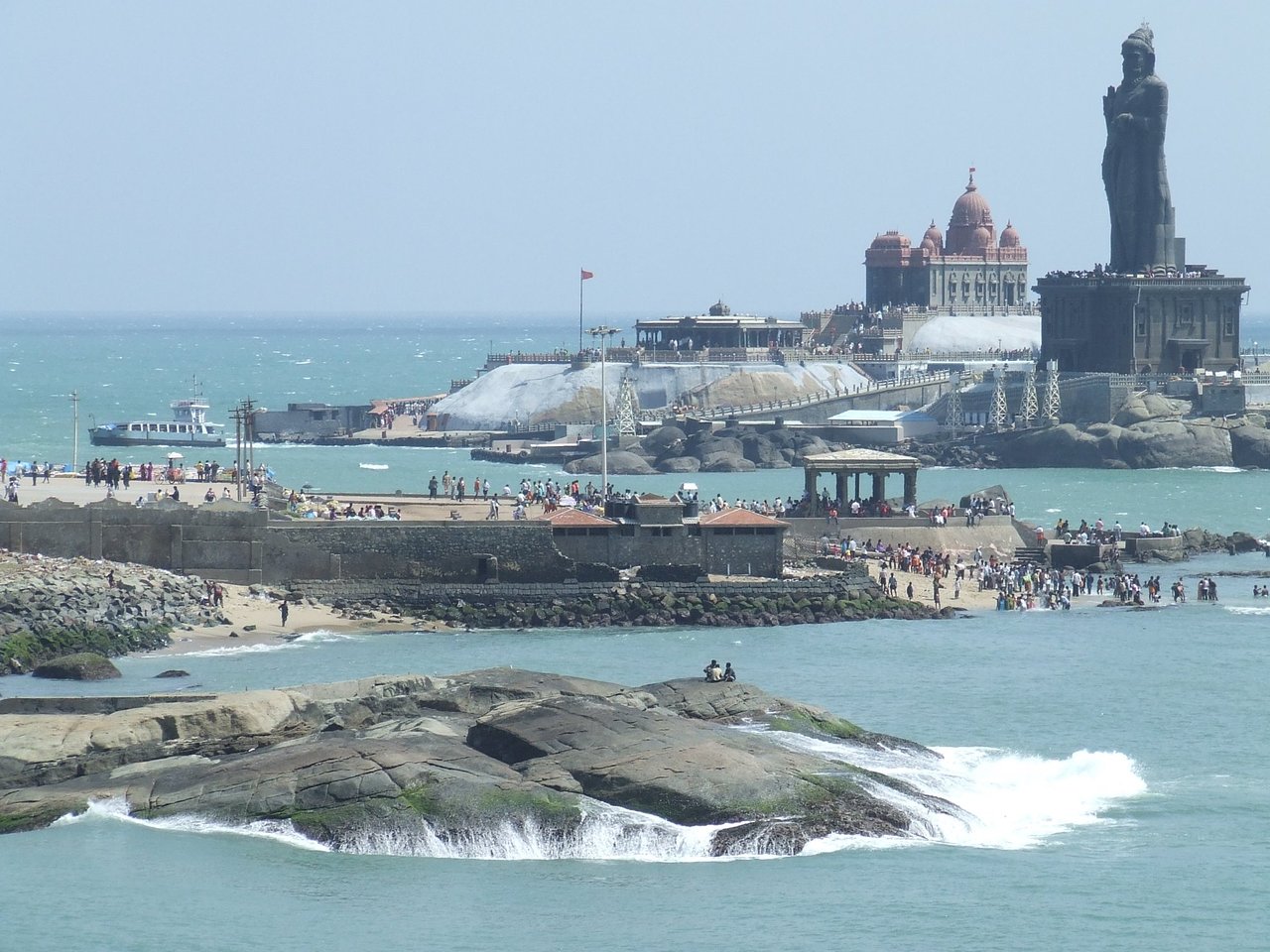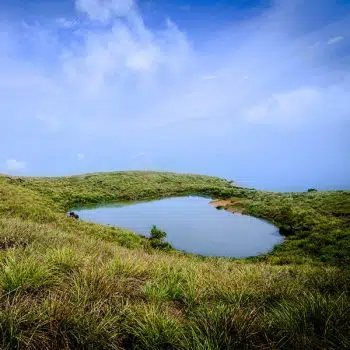| Package Name | Images | Features | Trip Type | |
|---|---|---|---|---|
Tirupati |  | Tirupati's history is deeply intertwined with the Tirumala Venkateswara Temple, dating back to at least the 3rd century BCE. The Pallava dynasty (6th century) is credited with laying the foundation for Tirupati's growth. The temple itself was built by Thondaman King and later renovated by the Cholas, Pandyas, and Vijayanagara empires. The temple's rituals were formalized by Ramanujacharya in the 11th century. | Weekend gateway | Book Now |
Bangalore |  | Bangalore offers a blend of historical landmarks and modern attractions. Some popular sightseeing spots include ISKCON Temple, Bangalore Palace, Cubbon Park, Lalbagh Botanical Garden, and Bannerghatta Biological Park. Other notable attractions are the Vidhana Soudha, Tipu Sultan's Summer Palace, and the UB City mall. | One Day vacation | Book Now |
Mysore |  | Mysore is a historic city in Karnataka, India, known as the "City of Palaces" and a cultural hub. It's famous for its palaces, temples, museums, and vibrant festivals like Dasara. The city boasts a rich history with royal heritage, stunning architecture, and a thriving art scene. | Weekend gateway | Book Now |
Karnataka |  | The name "Karnataka" is well-regarded and represents the state's historical significance, cultural richness, and economic development. It evokes a sense of pride and is positively associated with the state's diverse landscape and tourism opportunities. | Weekend gateway | Book Now |
Coorg |  | Coorg, also known as Kodagu, has a rich history marked by various dynasties, British rule, and eventual integration into the Indian state of Karnataka. Key historical places include Madikeri Fort, Nalknad Palace, Raja's Tombs, and Bhagamandala Temple Complex. | Weekend gateway | Book Now |
Chikkamagaluru |  | Chikmagalur, a hill station in Karnataka, is renowned for its coffee plantations and has a rich history intertwined with the Hoysala dynasty and the introduction of coffee. The area was part of the early days of the Hoysala empire, and the name "Chikmagalur" translates to "younger daughter's village," possibly referring to a dowry gift. The district's fame is also tied to Baba Budan, a saint who is believed to have brought coffee to India and planted the first seeds in the Baba Budan Giri range. | Weekend gateway | Book Now |
Ooty |  | Ooty, also known as Udhagamandalam, has a rich history marked by both indigenous cultures and British colonial influence. The area was originally inhabited by the Toda, Kota, and Kurumba tribes, and was later discovered by the British in the early 19th century. In 1819, John Sullivan, a British collector, explored the Nilgiri Hills and established a summer retreat in Ooty, which eventually became a popular hill station for the British Raj. Ooty's development continued throughout the colonial period, with significant civic improvements and the establishment of institutions like the Government Botanical Garden. Post-independence, it transitioned into a popular tourist destination, retaining its colonial charm and natural beauty. | Weekend gateway | Book Now |
Kodaikenal |  | Kodaikanal, meaning "The Gift of the Forest" in Tamil, was established as a hill station in 1845 by British bureaucrats and Christian missionaries seeking refuge from the heat and diseases of the plains. While earliest references to the area date back to Sangam literature, its development as a hill station began with the arrival of these early settlers. Kodaikanal is known for its cool climate and scenic beauty, attracting tourists and serving as a summer escape for many. | Weekend gateway | Book Now |
Madurai |  | Madurai has a rich history, dating back to the 3rd century BCE when it was the capital of the Pandyan dynasty. Known as "Athens of the East" and a center of culture, it is also a major religious site with the famous Sri Meenakshi Amman Temple at its core. Throughout history, Madurai has been ruled by various dynasties, including the Pandyas, Cholas, the Madurai Sultanate, Vijayanagara Empire, and the Madurai Nayakas. The city has also been influenced by the British East India Company. | Weekend gateway | Book Now |
Rameshwaram |  | Rameswaram's history is intertwined with the epic Ramayana and the Ramanathaswamy Temple, a revered Shiva shrine. It's believed that Lord Rama worshipped Shiva at this site to seek forgiveness for sins committed during his war with Ravana. The island is also the closest point to Sri Lanka, and there are geological indications of a former land bridge (Rama Setu) between the two | Weekend gateway | Book Now |
Kanyakumari |  | Kanyakumari, the southernmost point of mainland India, boasts a rich history dating back thousands of years. Evidence suggests human civilization in the area for at least 4000 years, with remnants of a great city potentially existing during the megalithic or early historic period. The area was once part of the Pandian Kingdom and has seen the influence of various empires, including the Cholas, Cheras, and Venad Kings. | Weekend gateway | Book Now |
Waynadu |  | Wayanad's history spans from prehistoric times to the modern era, with evidence of human settlements dating back to the Neolithic age, including the Edakkal Caves. In ancient times, the region was ruled by various dynasties, including the Veda tribe and later, the Pazhassi Rajas of Kottayam. Hyder Ali and Tipu Sultan of Mysore also exerted control over Wayanad, and the region eventually fell under British rule. Wayanad became a district of Kerala in 1980. | Weekend gateway | Book Now |
Alappuzha |  | Alappuzha (Alleppey), known as the "Venice of the East" for its intricate network of canals, boasts a rich history dating back to the Sangam era. The town's prominence in trade with ancient Greece, Rome, and the Levant is well-documented. The ancient port of Barace, mentioned in ancient travelogues, is believed to be Purakkad, a coastal town within the Alappuzha district. | Weekend gateway | Book Now |
Munnar |  | Munnar's history is closely intertwined with the British colonial period and the subsequent development of tea plantations in the region. The area was initially inhabited by tribal communities like the Muthuvan. In the late 19th century, British planters, like John Daniel Munro, recognized the potential of Munnar's climate for tea cultivation. This led to the establishment of large tea estates, and Munnar became known for its tea production and as a popular hill station | Weekend gateway | Book Now |
Goa |  | Goa's history is rich and diverse, encompassing various empires and cultures. From its early roots as part of the Mauryan Empire to its Portuguese colonial period, Goa's history is marked by periods of Buddhist influence, rule by various dynasties, and ultimately, annexation by India. | Weekend gateway | Book Now |
Tour Packages
